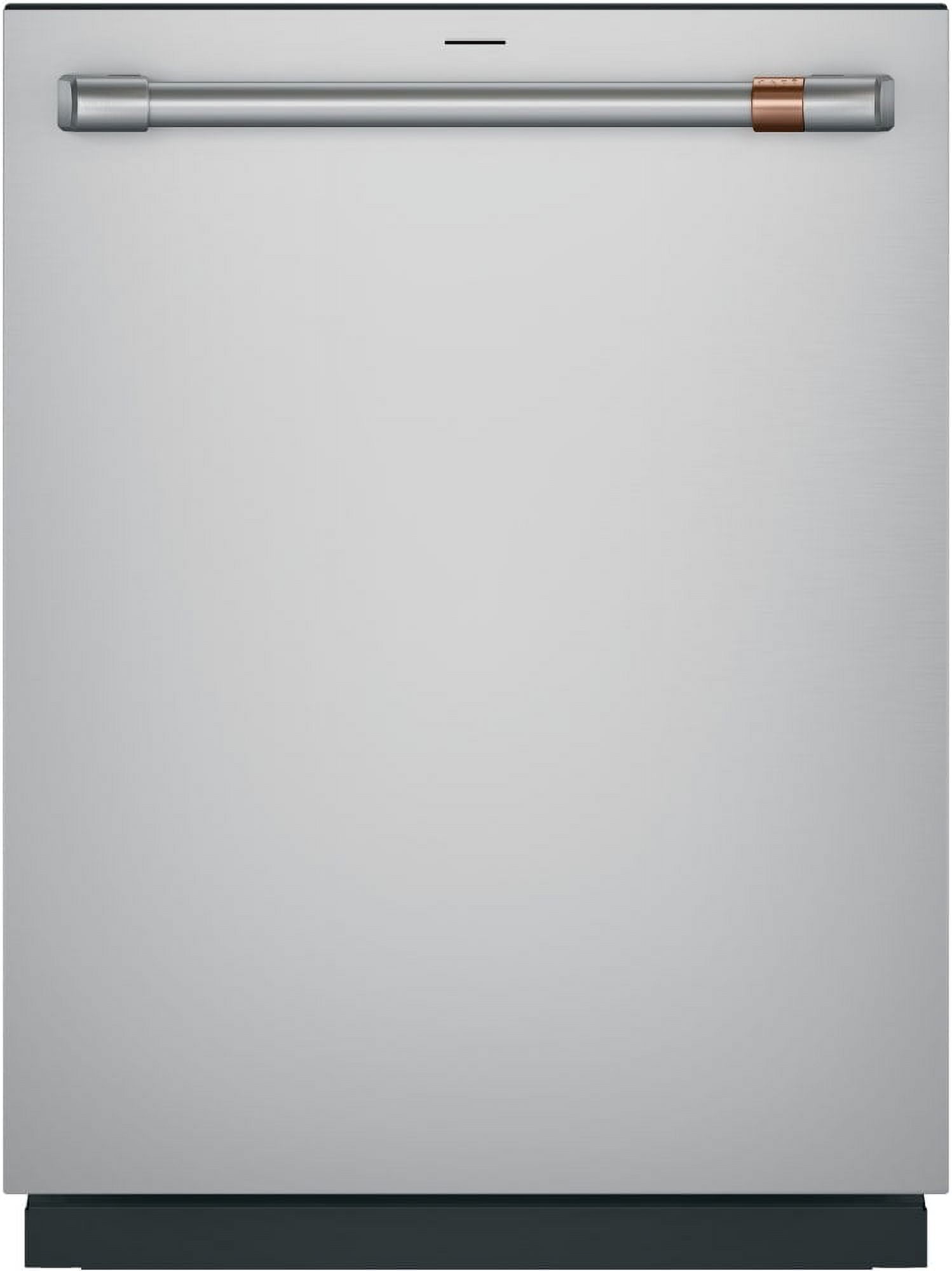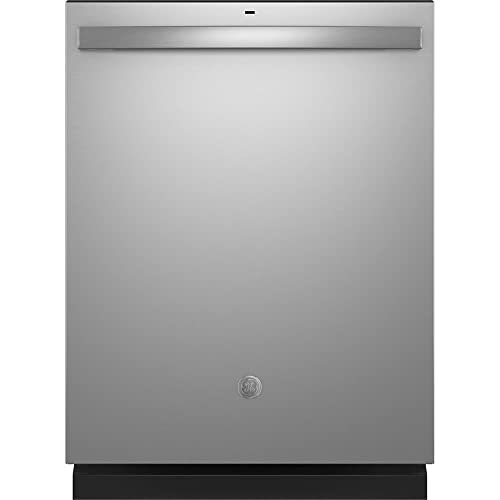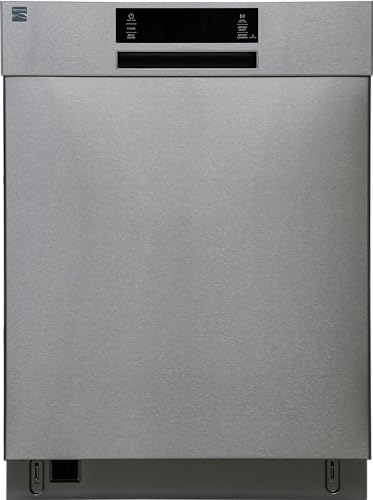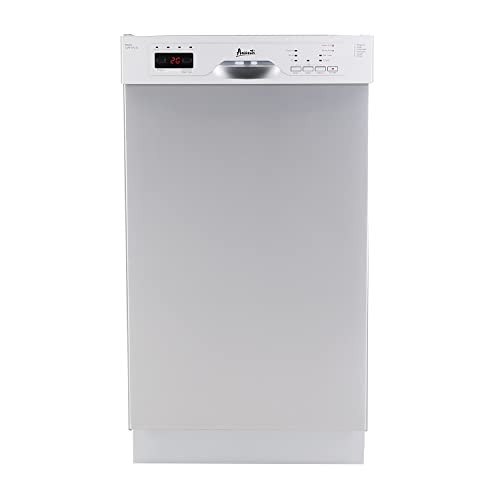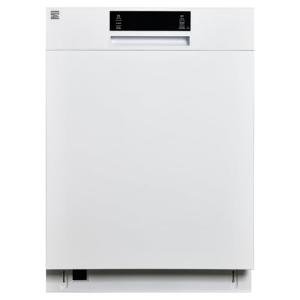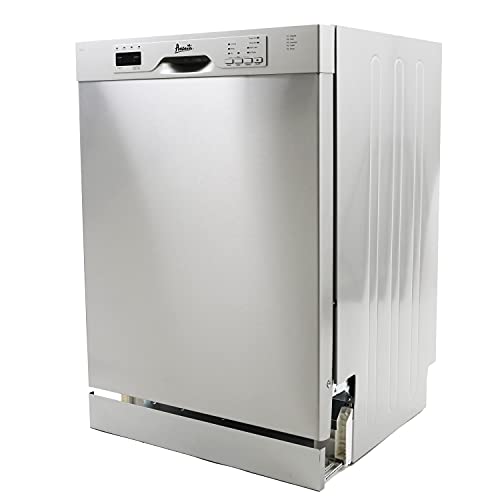First, consider your kitchen layout. Measure the space where you want the dishwasher to go. Most built-in dishwashers are around 24 inches wide. If your kitchen is smaller, there are compact models available that fit snugly into tighter spaces. Think about how often you run it, too. A larger capacity model is great if you cook a lot and have plenty of dishes to wash.
Next, think about the features that matter to you. Do you need a high-efficiency model to save on water and energy bills? What about noise levels? If you like to entertain, a quieter dishwasher is important so it doesn’t interrupt conversations. Look for options with adjustable racks and wash cycles to handle different types of loads easily.
Lastly, set a budget. Built-in dishwashers come in a range of prices, so knowing what you're willing to spend helps narrow down your choices. Remember to factor in installation costs if you're not doing it yourself. With the right research, you'll find built-in dishwashers that tick all the boxes on your checklist!
Top Features to Look For
When shopping for built-in dishwashers, you want to find features that truly make your life easier. Here are some top features to keep an eye on:
These features can make your dishwashing routine smoother. Explore models with these key aspects to find a built-in dishwasher that fits your needs perfectly!
Cafe Cdt858pv 24" Stainless Steel Built-In Dishwasher
Premium stainless steel dishwasher for a sleek and durable kitchen upgrade
Product information
$1,399.00 $1,085.26
Product Review Score
4.97 out of 5 stars
63 reviewsProduct links
Installation Tips for Built-In Dishwashers
Installing built-in dishwashers can sound a bit intimidating, but it’s totally doable if you follow some straightforward tips. First off, make sure you have all your tools handy. You’ll need a level, screwdrivers, pliers, and maybe a wrench. It’s a good idea to read the manual that comes with your dishwasher too. It sometimes includes specific instructions based on the model you picked.
Before you dive into installation, check the space where your new built-in dishwasher will go. Ensure that it fits snugly and that there’s access to water and electricity. If you're replacing an old dishwasher, it usually simplifies the process since the plumbing and electrical connections are already in place. Just remember to turn off the water and power before you get started!
Once you're all set, leveling your dishwasher is crucial. An unlevel dishwasher can lead to leaks or poor cleaning performance. Use a level tool to make sure it’s even on all sides. Also, don’t forget to secure your dishwasher to the counter or cabinets above. This keeps it stable and prevents any movement during use.
Lastly, connect the water supply and drainage hoses carefully. Make sure there are no kinks in the hoses, and tighten the connections well to avoid leaks. After everything is hooked up, run a test cycle to check for any issues. If you spot any leaks or sound problems, it’s better to fix them before you pile in the dirty dishes!
GE GDT630PR Built-In Top Control Dishwasher - Stainless Steel
Effortlessly clean your dishes with the stylish GE GDT630PR Built-In Top Control Dishwasher in Stainless Steel
Product information
$693.12
Product Review Score
4.87 out of 5 stars
15 reviewsProduct links
Maintenance Made Easy for Your Dishwasher
Keeping your built-in dishwasher in tip-top shape doesn’t have to be a hassle. Regular maintenance can save you from unexpected breakdowns and make sure your dishes come out sparkling every time. Plus, a little attention goes a long way in extending the life of your appliance.
Start with the basics: clean the filter regularly. Food particles can build up and block water flow, which means your dishes won't get clean. Just pull out the filter, rinse it under warm water, and pop it back in. It’s often easy to access and usually takes just a few minutes.
Don’t forget about the spray arms! These are the nifty little things that shoot water all over your dishes. If they’re clogged, you won’t get the best results. Check for any debris, and clear it out. You can often remove the arms easily for a thorough rinse.
Check the door seals too. If they’re dirty or cracked, they won’t seal properly, leading to leaks. Wipe them down with a damp cloth to keep everything clean and fresh. Inspecting the seals regularly can prevent bigger issues down the line.
Finally, run a cleaning cycle once in a while. Many built-in dishwashers have a self-cleaning option, but you can also toss in a cup of vinegar or a specialized cleaner. This helps eliminate any odors and keeps your machine running smoothly. Simple steps like these make maintenance a breeze and ensure your built-in dishwasher performs at its best for years to come!
